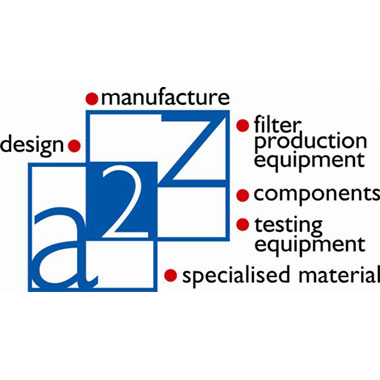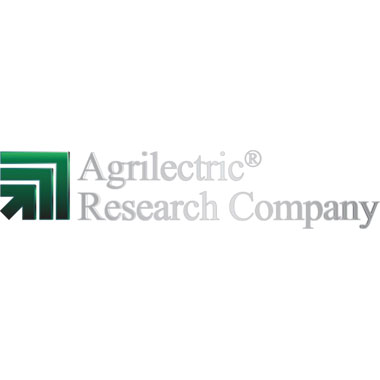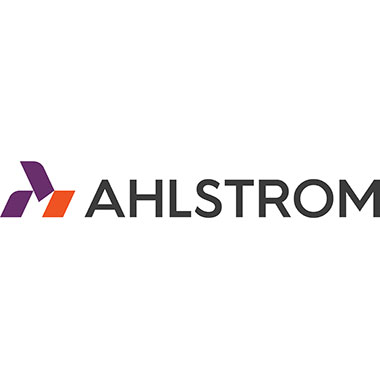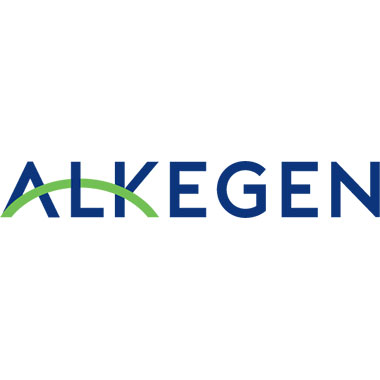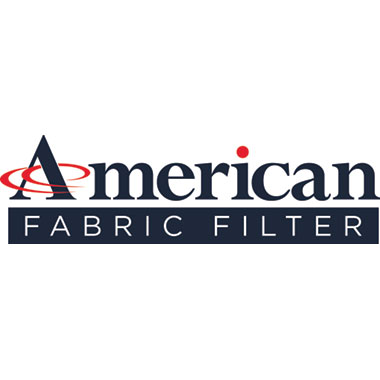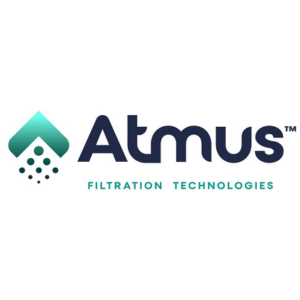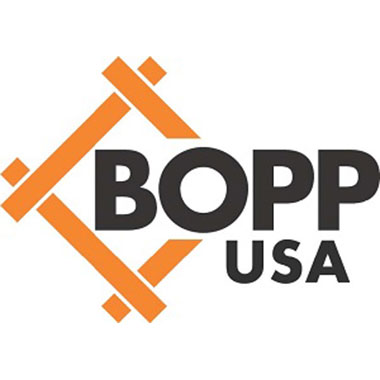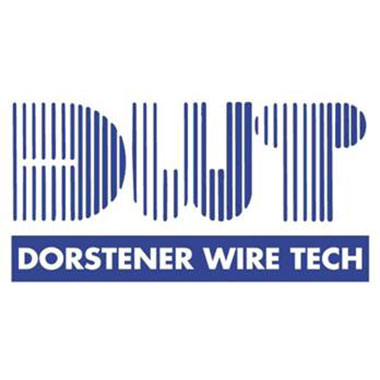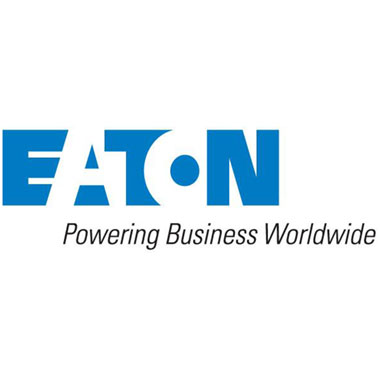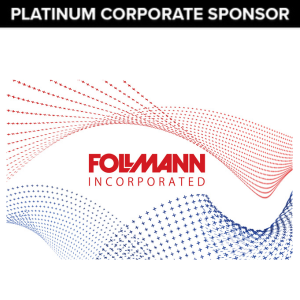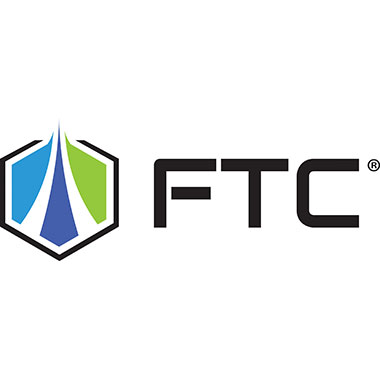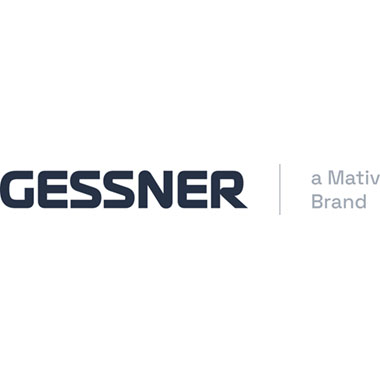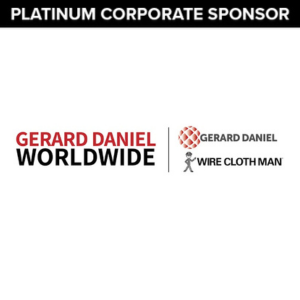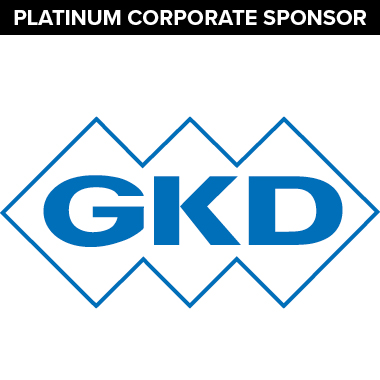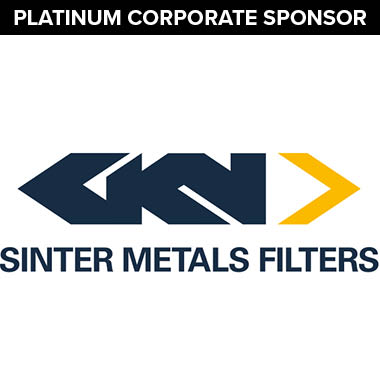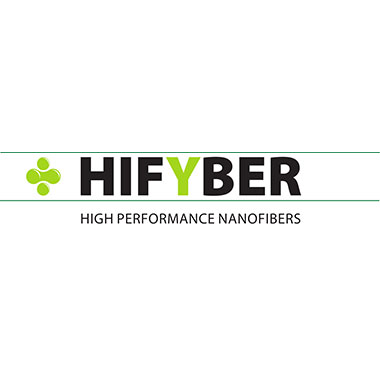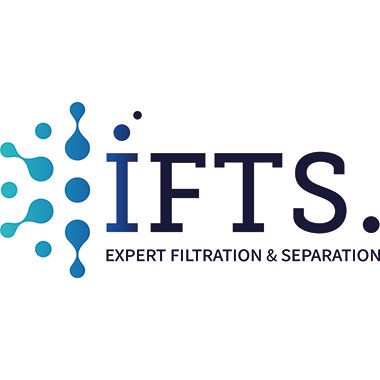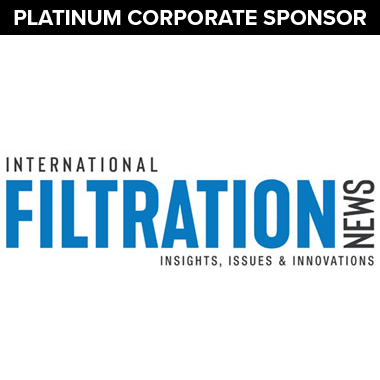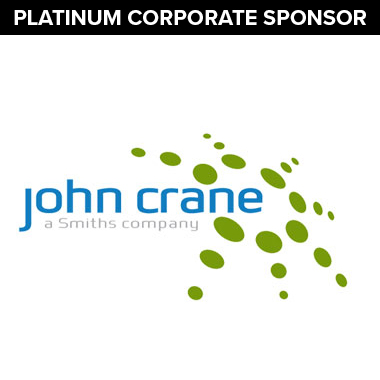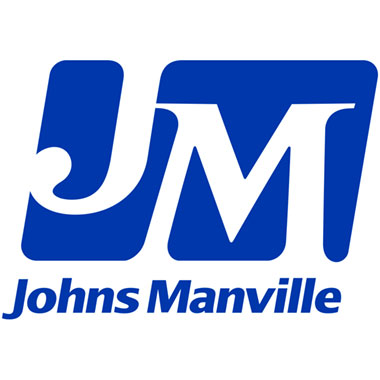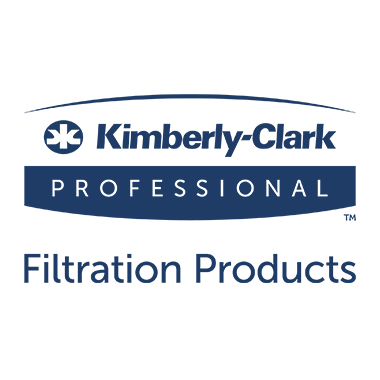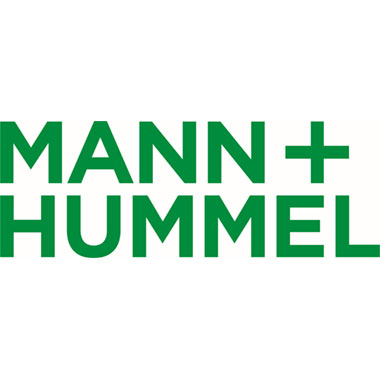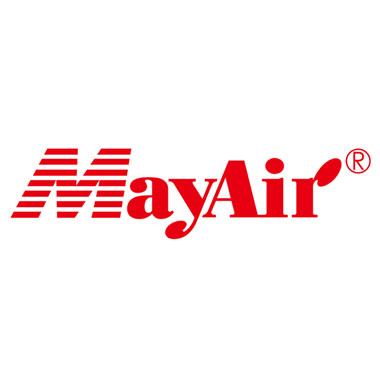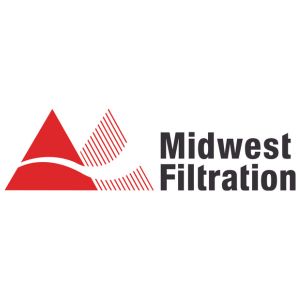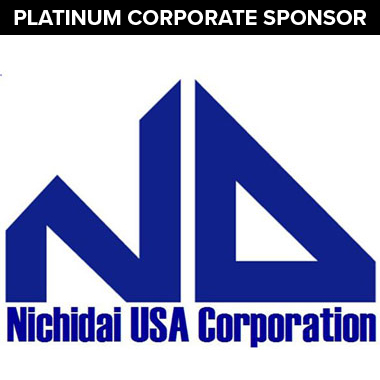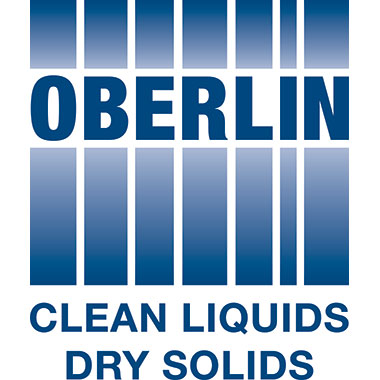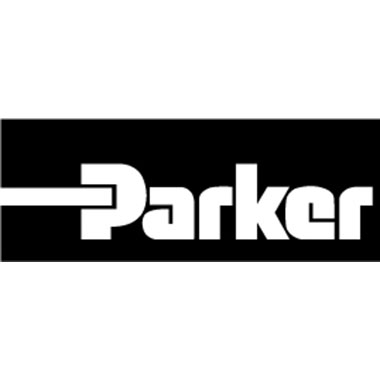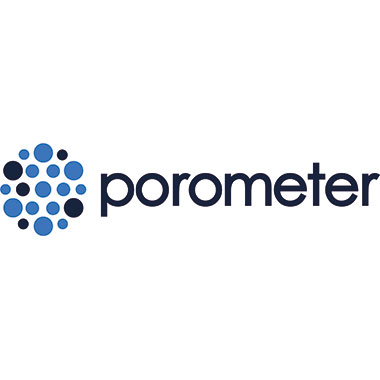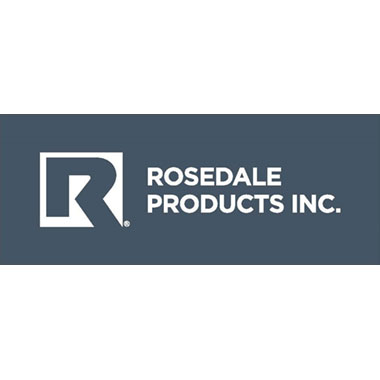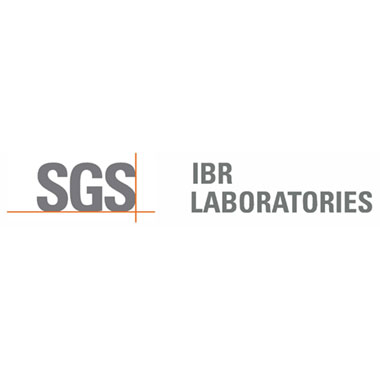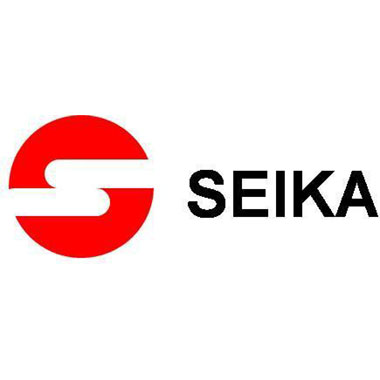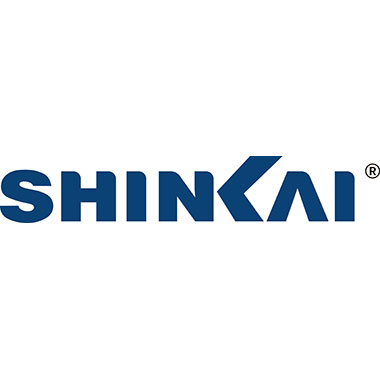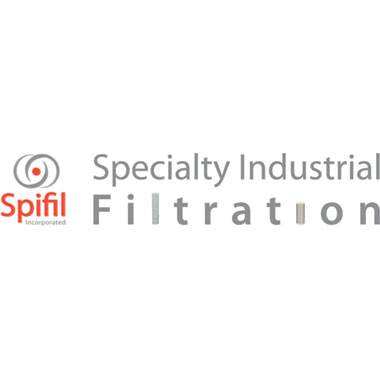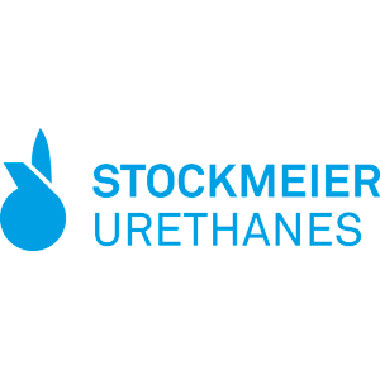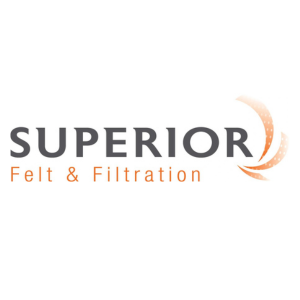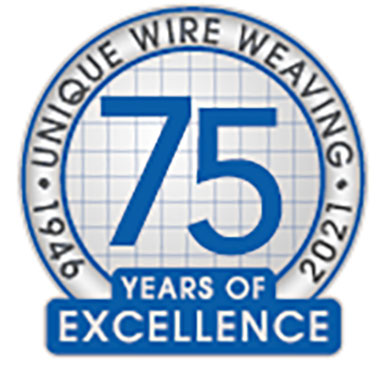 By Wallace Leung, Chair of World Filtration Congress 13; and past Chair Professor of Innovative Products & Technologies in Mechanical Engineering and past Director, Research Institute of Innovative Products & Technologies at the Hong Kong Polytechnic University, Hung Hom, Hong Kong
By Wallace Leung, Chair of World Filtration Congress 13; and past Chair Professor of Innovative Products & Technologies in Mechanical Engineering and past Director, Research Institute of Innovative Products & Technologies at the Hong Kong Polytechnic University, Hung Hom, Hong Kong
The recent outbreak of novel coronavirus, also known as 2019-nCoV, has caused a worldwide concern about a potential pandemic. On January 30, the World Health Organization (WHO) declared the new coronavirus outbreak as a global health emergency. As of the writing of this article, the nCoV has infected more than 20,000 people in 24 countries and killed 426, according to official WHO reports.
The virus can spread from human to human. According to the Chinese Center for Disease Control and Prevention, the size of this virus is about 100nm. When airborne or aerosolized, the virus can be attached to nuclei particles, which can be fine particles in the respiratory tracts or saliva and nasal droplets of an infected person, as well as fine particles suspended in air. Regardless, the minimum size of airborne nCoV is about 100nm when attached to a nano-size particle. The 100nm size airborne particle is referred to as nanoaerosol (also known as nanoparticle or ultrafine particle). While the National Institute for Occupational Safety and Health has standardized N95 and N98 at 300nm, there is no standard filtration test for nanoaerosols at 100nm.
In the past 15 years, my group and I in Hong Kong have researched the filtration of airborne nanoaerosols, which are abundant in pollutants and airborne viruses, from the common flu to SARS, MERS, swine flu, bird flu and the most recent nCoV. Nanofiber filters, by virtue of the small diameter of the fibers (typically 100-300nm), have large specific surfaces that are most suitable to capture by diffusion the nanoaerosols that can penetrate deeply into our lungs, causing infection, sickness and even death.
From basic research to commercial realization, multilayer nanofiber technology has been developed to achieve high filtration efficiency while maintaining low pressure drop. It is most suitable for personal protection equipment, such as face masks and respirators. The technology has been tested extensively in laboratory settings using sodium chloride aerosols (50-500nm), and also ‘road-tested’ on real aerosols (10-400nm), such as traffic emissions with a high concentration of nanoaerosols around 100nm, which is also the same size as nCoV. In addition, for long-term filtration in cabins (plane/train/vehicle) and hospital wards, the composite nanofiber technology has been developed to provide filters with high capacity, high efficiency and low pressure drop.
Recently, electrostatic charged multilayer nanofiber technology has been developed to filter nanoaerosols with the advantage of reduced pressure drop and very high efficiency. They are most suitable for virus capture, as viruses typically carry negative charges while the nanofibers carry positive charges. These filters use electrostatic interaction to capture neutrally charged aerosols by induction and attraction. The new multilayer charged nanofiber filter can be deployed for both light-aerosol loading (e.g. face masks) to high-aerosol loading (e.g. cabin filters and hospital wards).
In purification and disinfection, a suite of titanium-based photocatalyst nanofibers with embedded graphene has been developed. These nanofibers can harvest visible and UV light generating radicals that oxidize viruses, bacteria, and harmful gas molecules. Lab tests have demonstrated their effectiveness in breaking down VOC and NOx as well as disinfecting bacteria. Because the nanofibers are embedded in a coating, they will neither be consumed nor require replenishment over time; also, they pose no health threat regarding nanomaterial detachment. The photooxidation of harmful gas, bacteria and viruses takes place on the nanofiber surface in the coating and nothing is released into the air or water as with ionization, released electrons, and disinfection spray. Therefore, the technology can be used in personalized portable air purifiers and disinfection devices to kill viruses and bacteria, break down VOC and mitigate NOx emissions. It also can be used to oxidize dissolved organics (e.g. herbicide) in water.
As global health threats continue to emerge, the filtration and separations industry is meeting the challenge by providing novel nanofiber technologies to protect humans from airborne viruses, including the recent coronavirus, bacteria, harmful gases and pollutant particles.
Wallace Leung will present a plenary presentation, “Filtration and Purification Nanofiber Technologies for Combating the Novel Coronavirus Outbreak” at the World Filtration Congress 13.
Wallace Leung has worked in filtration and separation since 1977. In his early career, he worked for Gulf Oil and Schlumberger and then served as director of process technology for Baker Hughes, developing various solid-liquid separation technologies, including those used in mining, industrial, water and wastewater treatment, food and chemicals. He founded Advantech Engineering developing technologies on recombinant protein separation for biopharmaceutical industry and has written a popular text on the subject (currently in its 2nd edition).
Since 2005, Wallace has been Chair Professor of Innovative Products and Technologies in the Hong Kong Polytechnic University. He has graduated nine PhD students.
Wallace has developed many separation technologies and holds 52 US patents and numerous PCTs. He has developed and commercialized several nanofiber technologies for use in environment, energy and health.
Wallace is a fellow of AICHE, ASME, AFS, HKIE and the Hong Kong Academy of Engineering Sciences. He is Chairman of both the 9th and 13th World Filtration Congresses. Currently, he is the Chairman of the International Delegation on Filtration. He was the 2000 AFS Chairman. He has a BSc from Cornell, and both MS and ScD from MIT all in mechanical engineering.


